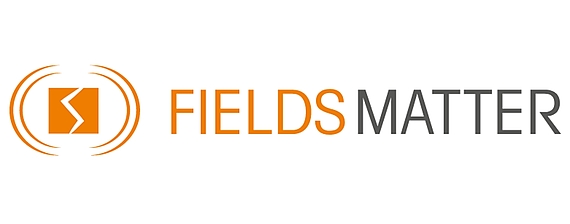Lecture by Prof. Rajendra Kumar Bordia on 19.04.2023

The Coordination Team would like to invite you to the lecture by Prof. Fumihiro Wakai on Wednesday, April 19th, 2023 at 11:15 am.
The title of the talk is: „Machine-learning Based Processing-Microstructure-Property Relationships for Ceramics – Challenges and Opportunities”.
The talk will be given as a hybrid-presentation (face-to-face in the Seminarraum of IEK-1, Forschungszentrum Jülich GmbH, bldg: 01.3z, R3001 and online). Please use the following Zoom ID to join the presentation:
Meeting-ID: 982 7308 3903
Kenncode: 439578
We look forward seeing you.
Abstract
Machine learning approaches are being extensively used in a variety of research fields in material science. Notable success has been demonstrated in using machine learning for the design of chemical composition of both soft and hard materials. Success has been limited in using machine learning to design microstructures especially for ceramics. We will review the status of machine learning for the design of microstructures and highlight an important limitation for ceramics – lack of high throughput experiments and the lack of large datasets.
We will then focus on laser sintering of alumina, and a machine learning approach to predict the microstructure. Laser sintering allows ultra-fast sintering close to full density within a few tens of seconds. The microstructure and density-grain-size trajectory of laser–sintered alumina is different from those of the furnace–sintered alumina. Therefore, we developed a machine learning (ML) algorithm to predict the microstructure under arbitrary laser power. This algorithm realistically regenerates the SEM micrographs under the trained laser powers. Further, it also accurately predicts the alumina’s microstructure under unexplored laser power. Using ultra-fast laser sintering, we fabricated an alumina sample array that contains hundreds of individual sample units, in one laser scan. Due to laser power distribution and the sample location, the individual units in this sample array have different but controllable microstructure. A microstructure-sensitive property, hardness, of the units in large sample array was measured using micro-indentation. The microstructure of selected units was characterized. Using the results of microstructure and hardness we developed an ML algorithm to not only accurately predict the expected microstructure of alumina of arbitrary hardness, but also predict the hardness based on the observed microstructure with less than 5% error.
Short biography of Prof. Bordia
Bordia is the George J. Bishop, III Professor of Materials Science and Engineering at Clemson University in Clemson, USA. He is also the Scientific Director of Materials Assembly and Design Excellence in South Carolina – a significant NSF funded statewide research award. From 2013 to 2019, he was the Chair of his Department. He was a faculty member at the University of Washington (1991-2013) and a Research Scientist in DuPont Co. (1986 to 1991). He received his B.Tech from IIT, Kanpur, India (1979), and his M.S. (1981) and Ph.D. (1986) from Cornell University, Ithaca, NY, USA.
His research is at the intersection of materials and mechanics and is focused on fundamental and applied studies in the processing and properties of complex material systems for energy, extreme environment and medical applications. He has authored or co-authored over 170 peer-reviewed technical publications.
He is a Fellow of the American Ceramic Society (2002); Fellow of the Indian Institute of Metals (2010); Academician in the World Academy of Ceramics (2012); and Fellow of the International Society for Energy, Environment and Sustainability (2020). Other significant awards include Humboldt Research award from the Alexander von Humboldt Foundation, Germany (2007 and 2023); and the Outstanding Educator Award of the American Ceramic Society (2012). He is an Associate Editor of the Journal of the American Ceramic Society (1988-Present); and Editor-in-Chief of Ceramics International (2009 – Present). He has been elected to serve as the President of the American Ceramic Society during the 2023-2024 year.

